

about

2015年、住宅街にひっそりとオープンしたHOTOKI。実は、清水焼ブランド・TOKINOHAの代表である陶芸家、清水大介の実家でした。父である清水久は、同じく清水焼の陶芸家。自宅兼工房として、陶芸教室も開いていた場所です。そんな建物を改築して出来たのが、現在のHOTOKI。陶芸家・清水久が、土と向き合う場所であり、訪れる人が、土に触れるきっかけの場所になるように、光あふれる開放的な工房と、ショップ、カフェを併設した空間を作りました。
A space to experience pottery: HOTOKI
HOTOKI quietly opened in a residential area in 2015. In fact, it was the birth home of potter Daisuke Kiyomizu, the representative of TOKINOHA, a Kiyomizu-yaki brand. His father, Hisashi Kiyomizu, who was also a Kiyomizu-yaki potter, had originally opened a pottery class at this home/studio. The current HOTOKI was created by renovating the same building. This open bright studio, with a shop and a café was created as a place for potter Hisashi Kiyomizu to face and feel the clay and for visitors to experience working with clay.
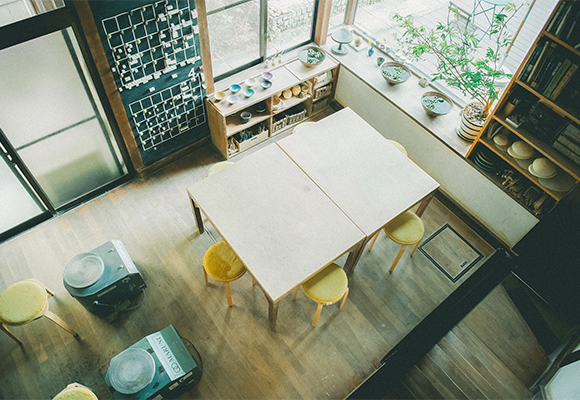
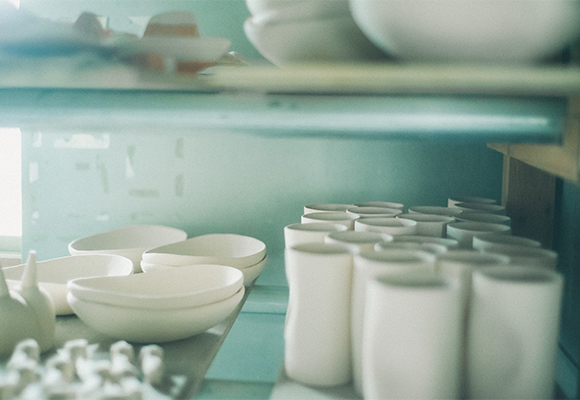
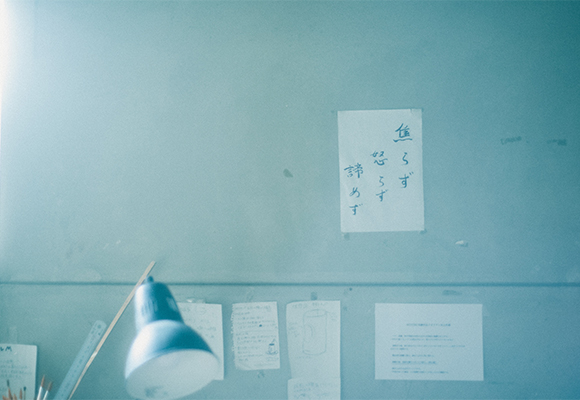

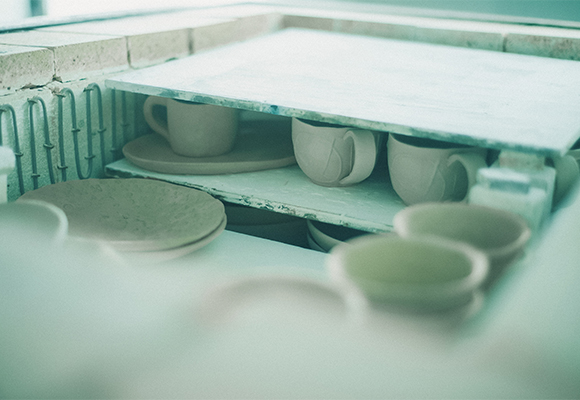
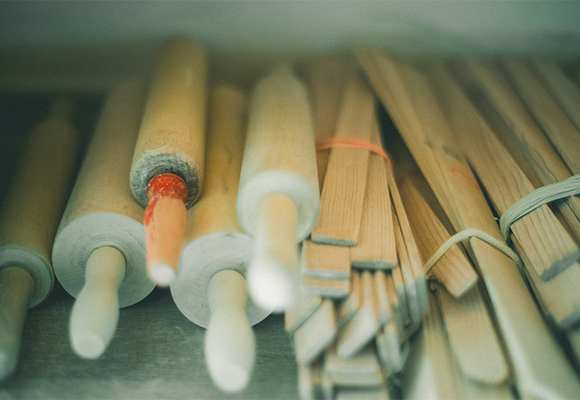
HOTOKIの人々
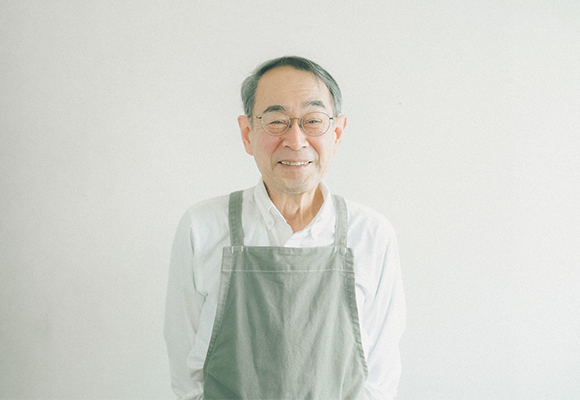
昭和25年生まれ。陶芸家・五代清水六兵衛の孫であり、彫刻家・清水禮四郎の長男。 京都府⽴陶⼯高等技術専門校成形科卒業後、陶芸家・⼋⽊⼀夫⽒に師事。昭和50年に独⽴。平成27年、「きよ陶房」改め「HOTOKI」をオープン。陶芸体験および教室でのレクチャー全般を担当しています。
Born in 1950. He is the grandson of potter Rokubei Kiyomizu the 5th and the eldest son of sculptor Reishiro Kiyomizu. He graduated from the Kyoto Prefectural Ceramics Technical Institute, then studied under Kazuo Hachiya. He established his own studio in 1975. "Kiyo Tobo" was renamed and reopened as "HOTOKI" in 2015. He is responsible for all pottery experiences and class lectures.
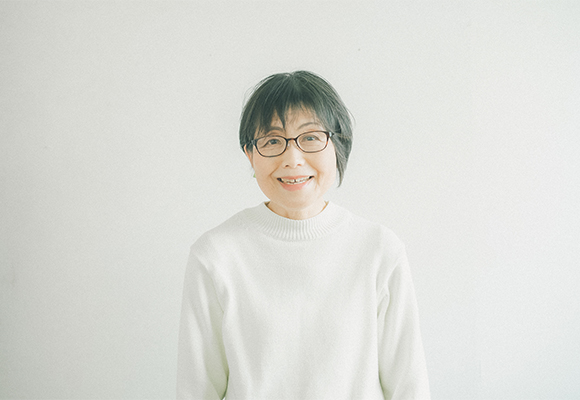
主にショップやカフェでのご案内を担当。金継ぎによる器の修繕や、清水久の器への絵付なども担当しています。心のこもったおもてなしで、「HOTOKI」のあたたかさを感じてください。
Mainly responsible for customer service for visitors in the shop and the café. She also repairs broken ceramics with kintsugi technique and does decorative work of pottery made by Hisashi kiyomizu. She will warmly welcome you to HOTOKI with heartfelt hospitality.
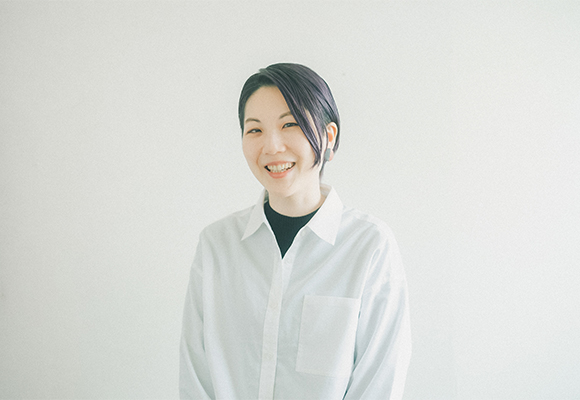
京都府⽴陶⼯高等技術専門校成形科卒業。陶芸体験のレクチャーと、ショップ・カフェでのご案内を担当しています。お越しいただく皆様にうつわや陶芸の楽しさ、奥深さを感じていただけるよう、心を込めてご案内いたします。
She graduated from the the Kyoto Prefectural Ceramics Technical Institute and is responsible for guiding visitors during pottery experiences, as well as customer service in the shop and café. She will guide you with genuine enthusiasm that conveys the joy and depth of ceramics.

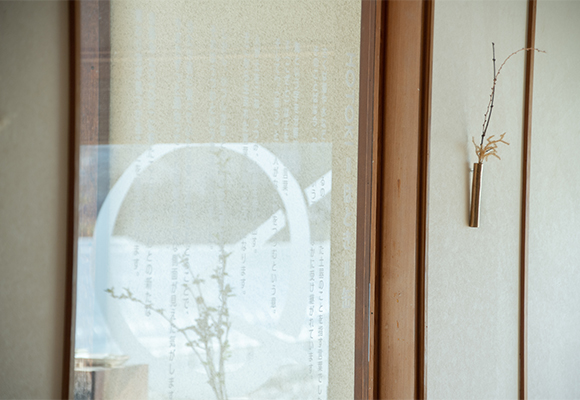
HOTOKI=ほとき=缶
古くは湯や水などを入れるのに使われた土器のことを指す言葉でした。
そのことばは今、「陶」という漢字のなかに受け継がれています。
陶という字を分解すると、
⻖(こざと)は土を表す言葉、
そして勹(ほう)とは人がなにかをつつむという意。
人が土をこね、つつみ、土器を作り出す。
そこから生まれた言葉が陶(とう)になります。
しかし、いつしかほときという言葉は使われなくなり、
それはうつわという言葉になりました。
当たり前に使っていた言葉の源流をたどることで、
今までずっと関わっていた陶器の新たな側面が見えた気がします。
皆様もHOTOKIに来たことで、
うつわとの新たな関わり方が見つかることを願っています。
缶 = HOTOKI = Can
In ancient times, “hotoki” referred to earthenware containers used for cold and hot water. The word “hotoki (缶)” has been inherited within the kanji character "陶" which means pottery.
If you break down the kanji character "陶", "⻖" (kozato) is the letter that represents the soil, and " 勹 " (hou) is the letter that represents people enclosing something.
People knead and enclose the soil over and over to make pottery. From there, the word "陶"(tou) was born.
However, the word "hotoki" gradually fell out of use and was replaced by the word "utsuwa"(container).
By tracing the origin of a word we use everyday, we discovered a new aspect of pottery.
We hope that you will also find a new way to appreciate pottery by visiting HOTOKI.
WEB予約
reserve